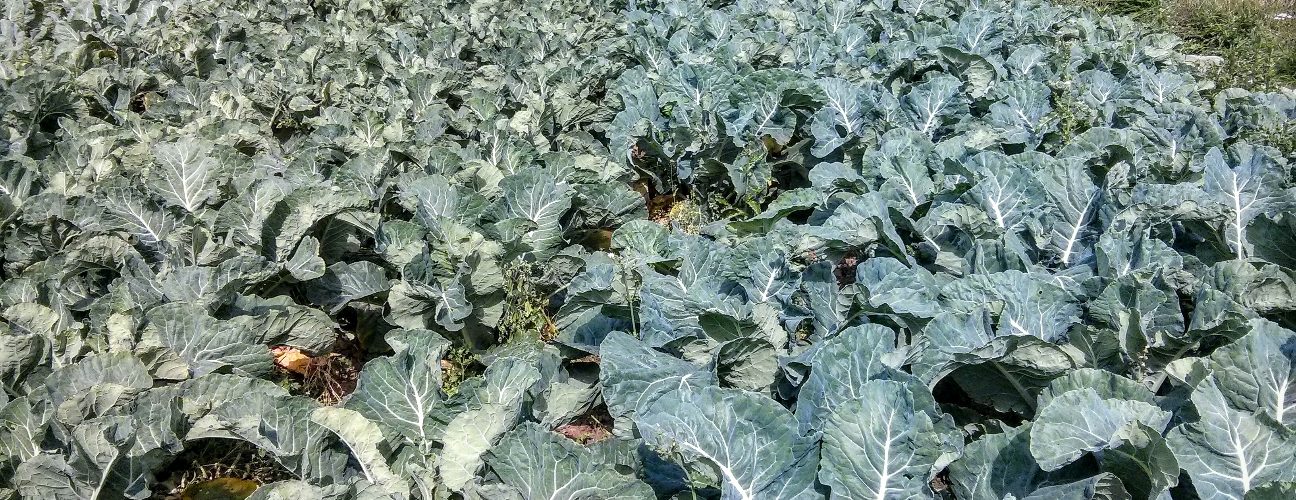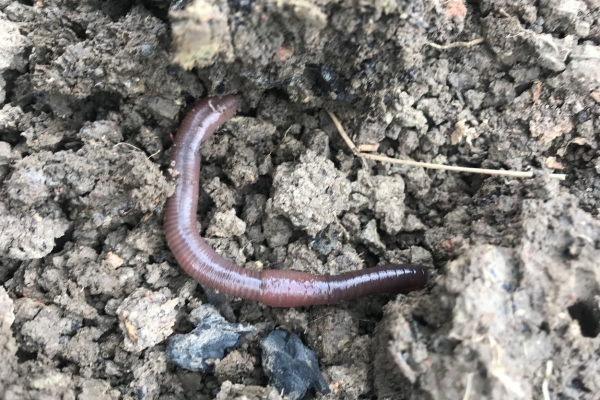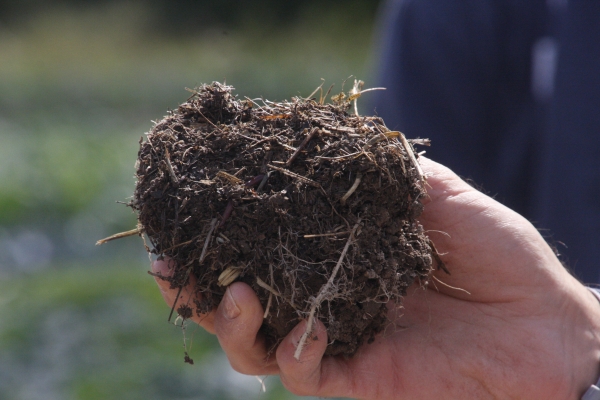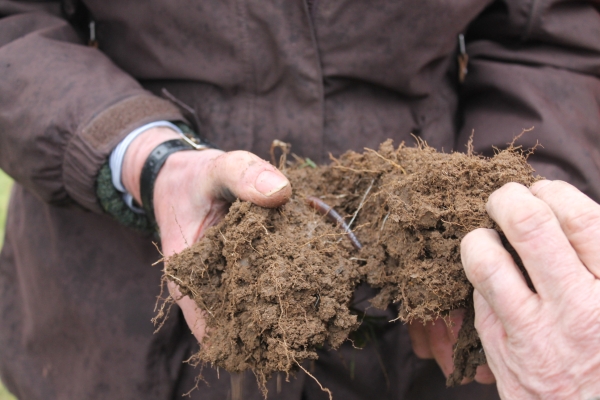Great Soils: Soil management for horticulture
Resource explained
A healthy, well drained soil underpins profitable and sustainable horticultural cropping as is more resistant to compaction, erosion and surface run-off. It requires less irrigation and tillage and is resilient to periods of both wet and dry weather. In addition, productive soils enable farmers to optimise water and nutrient use more efficiently as well as improve the uniformity and overall yield. This AHDB soil management guide is a practical manual for growers and agronomists. It discusses a range of strategies on how to avoid and alleviate soil compaction by improving field drainage, increasing organic matter, using cover crops, and altering how and when machinery is used. It also provides an overview of different precision farming techniques which have the potential to improve soil and nutrient management. It reviews how these different methods work, how they can benefit growers and under what circumstances they are likely to be most effective and profitable.
Findings & recommendations
This guide provides advice on how to assess, improve and maintain soil texture, structure and condition.
- Productive soils are more resistant to compaction and erosion and are also more resilient during wet and dry periods. In contrast, poorly drained soil, where the land stands wet for long periods, can result in significant surface run-off and eroision.
- Monitoring soil health and taking appropriate action can be a very effective use of your time and money.
- Approaches include maintaining good drainage, increasing organic matter in the soil, using cover crops and adapting machinary usage (e.g. lower tyre pressures, limiting wheel loads, avoiding cultivation when soils are wet and controlling traffic).
- Precision farming involves measuring and responding to variability in a farm’s soils and crop in different parts of the fields throughout the year.
- There are a number of different commercially available precision farming techniques available including soil mapping, soil sampling, canopy sensing and yield mapping.
- The costs of adopting precision farming will vary depending on the technology but may include machinery and equipment costs, software licences, set-up time etc. It is important to assess the costs of adopting precision farming techniques against the potential benefits.










